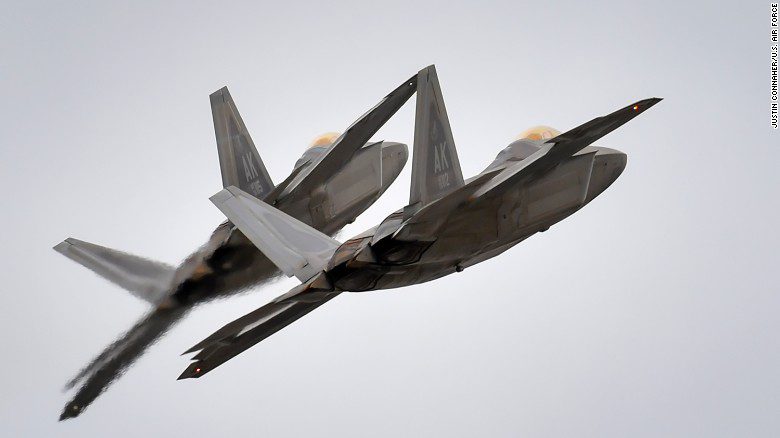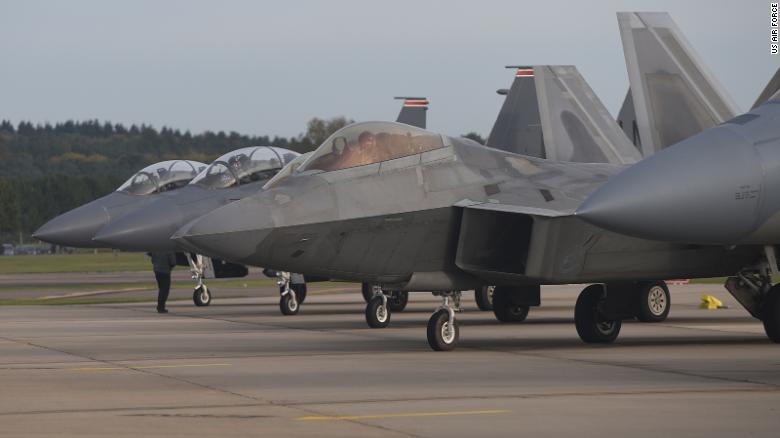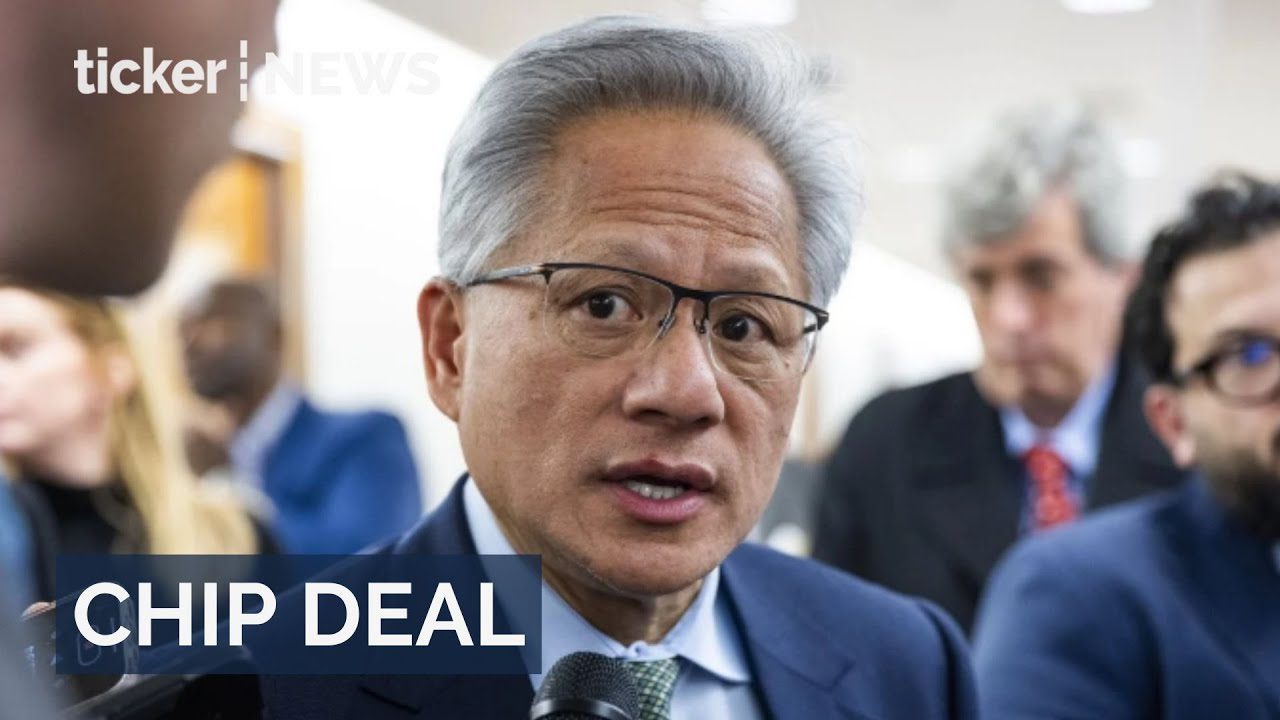News
US sends powerful F-22 stealth fighter jets to the Pacific

News
OpenAI and Instacart launch grocery shopping inside ChatGPT
OpenAI partners with Instacart for seamless grocery shopping in ChatGPT; learn about Instant Checkout and future integrations.
News
Australia becomes the first country to ban social media for under-16s
Australia bans social media for children under 16, marking a historic step in youth online safety regulations.
News
U.S. approves Nvidia H200 chip exports to China amid tensions
U.S. approves Nvidia’s H200 AI chip exports to China, balancing security with tech collaboration amid ongoing tensions.
-



 Leaders1 day ago
Leaders1 day agoH2Pro focuses on affordable green hydrogen
-



 Leaders1 day ago
Leaders1 day agoCarbonBlue revolutionises carbon capture and lime production
-



 Shows2 days ago
Shows2 days agoBrisbane’s economic growth and innovation drive 2032 goals
-



 Shows2 days ago
Shows2 days agoFusion of East and West: A recipe for success
-



 News3 days ago
News3 days agoChina naval activity raises tensions from Philippines to Galápagos
-



 Leaders14 hours ago
Leaders14 hours agoHomeBiogas transforms waste into clean energy in 30,000 homes
-



 Shows3 days ago
Shows3 days agoVictoria’s new granny flat rules spark a modular housing boom
-



 Leaders13 hours ago
Leaders13 hours agoYosef Farm showcases successful organic farming in the desert







